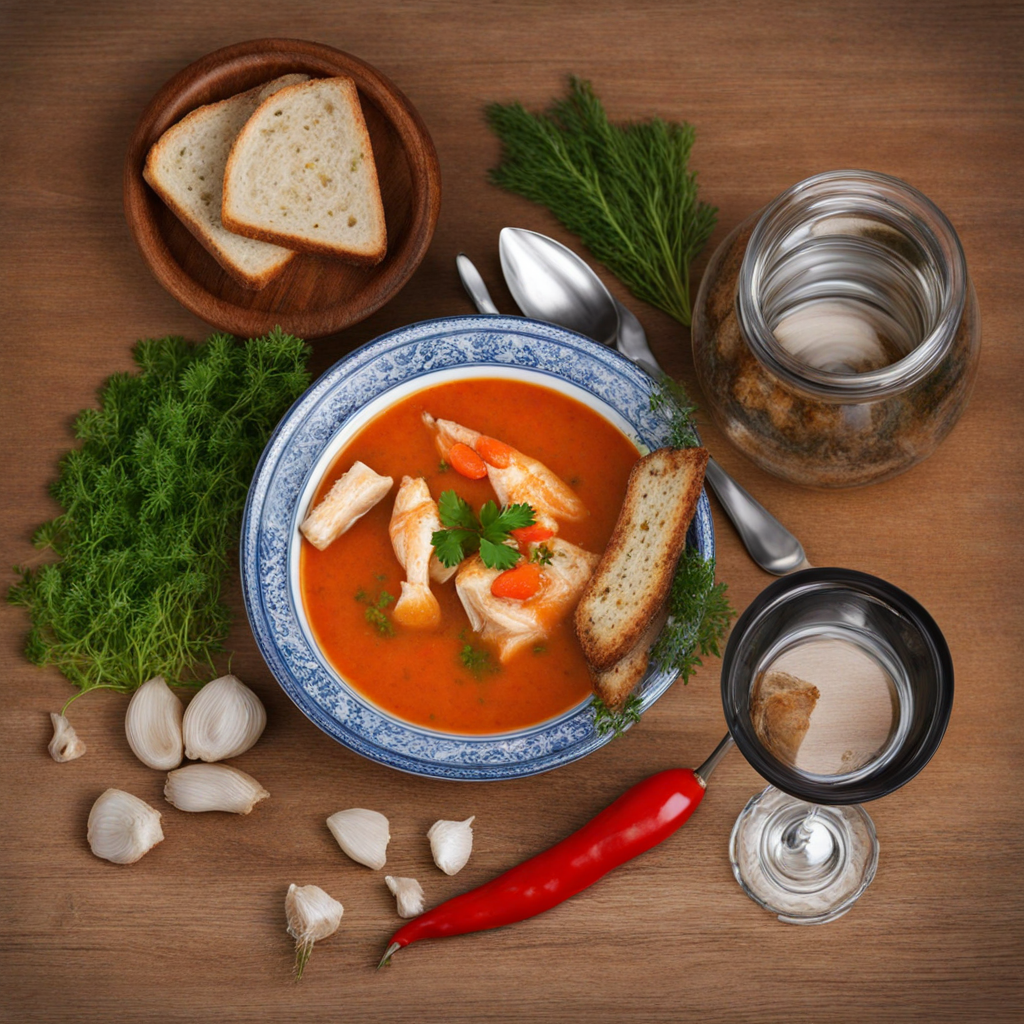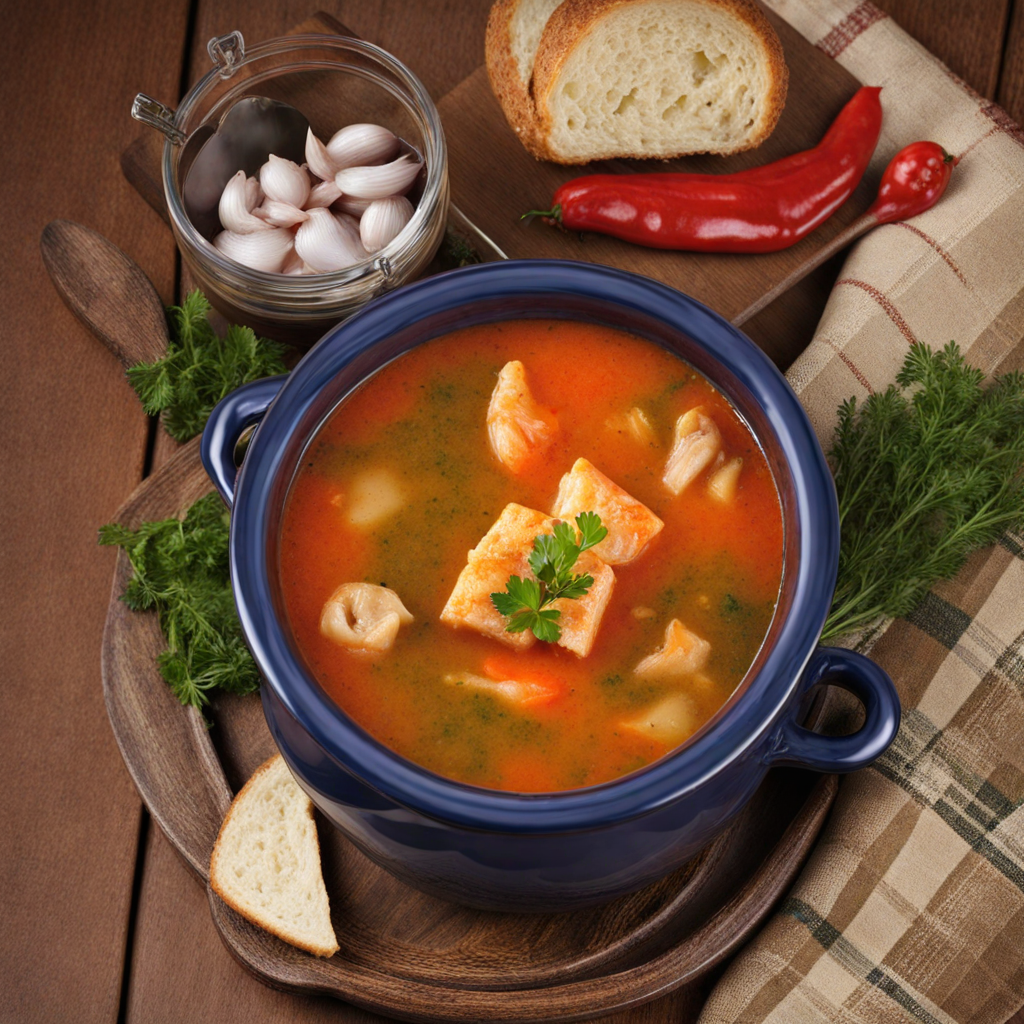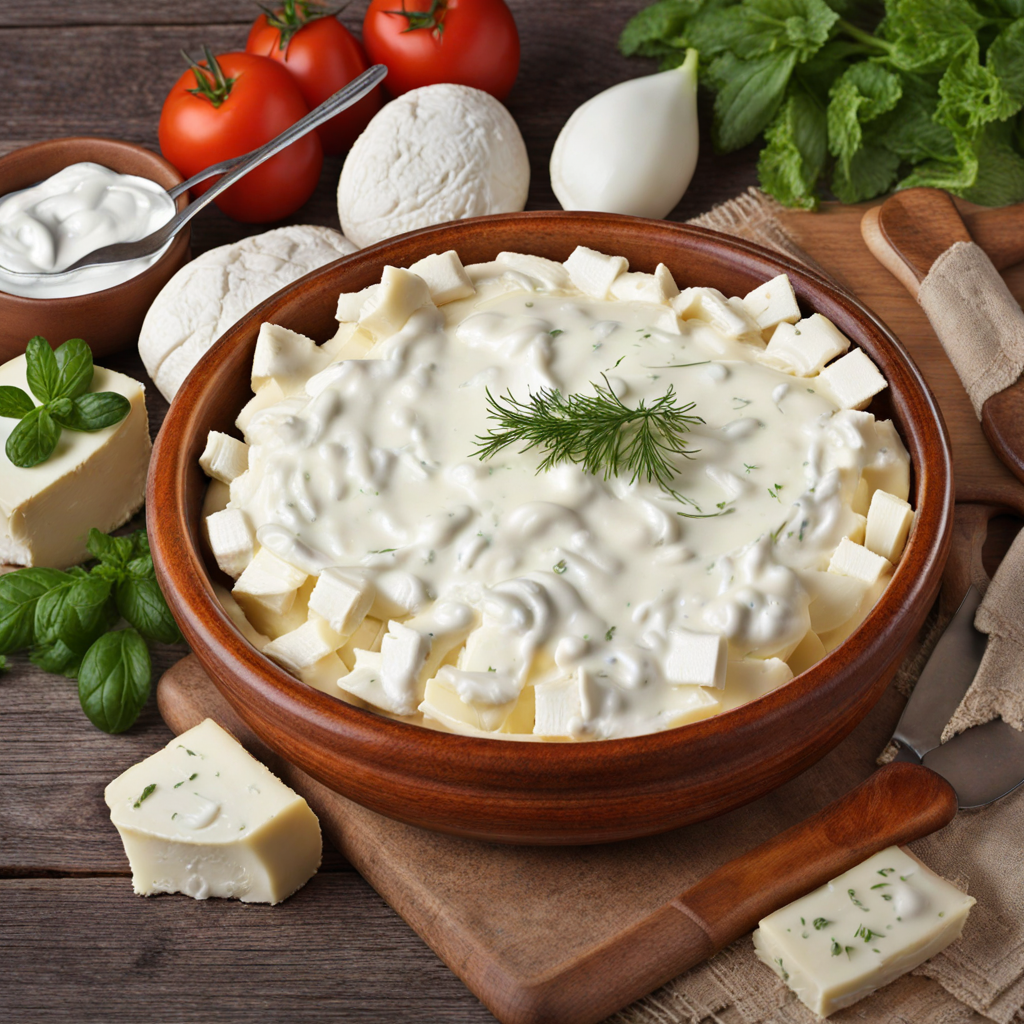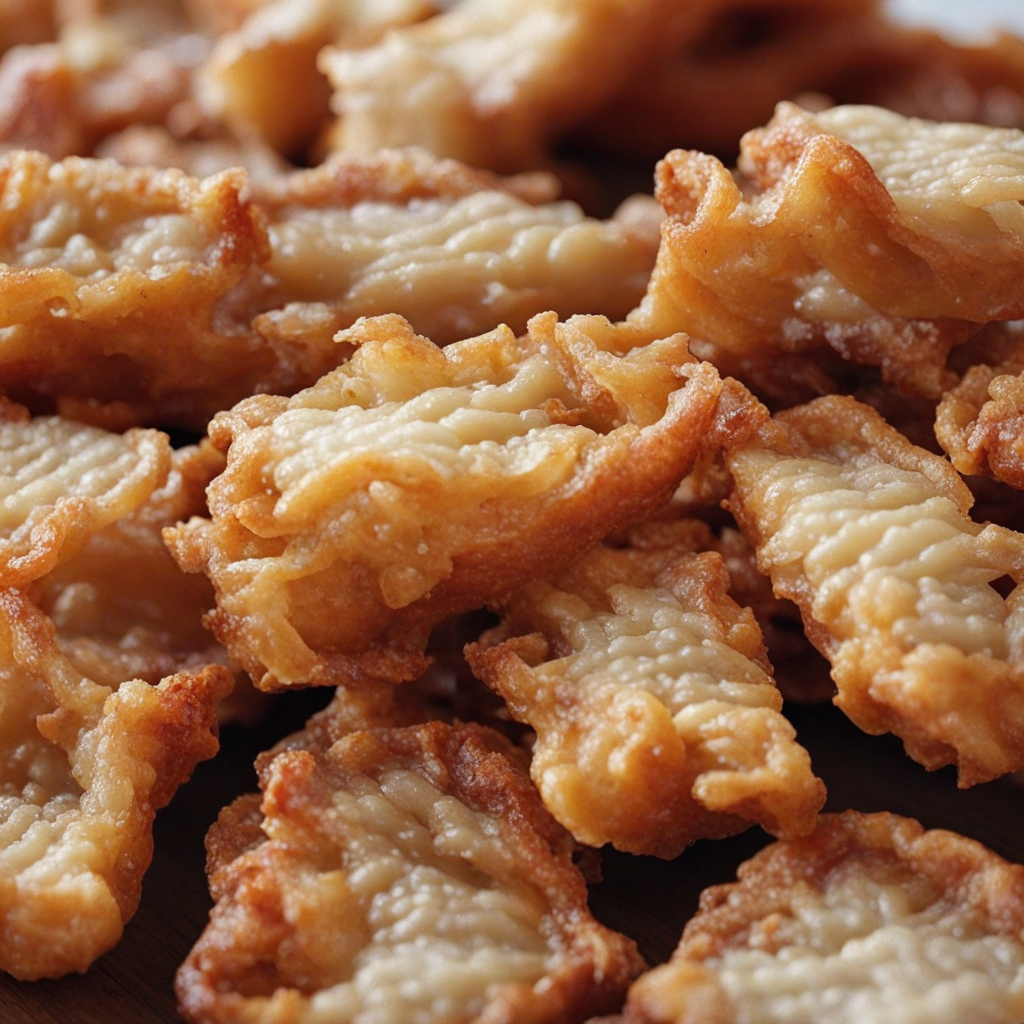Riblja čorba
Riblja čorba, or fish soup, is a beloved dish from Serbia, particularly cherished in the riverine regions where fresh fish is abundant. This hearty soup typically features a medley of freshwater fish, such as carp, catfish, or pike, simmered slowly to create a rich and flavorful broth. The base is often enhanced with a blend of aromatic vegetables like onions, carrots, and bell peppers, which contribute to the soup's depth. The addition of spices, especially paprika, gives Riblja čorba its characteristic warmth and vibrant color, making it not only delicious but visually appealing as well. One of the defining features of Riblja čorba is its adaptability; the recipe can vary widely depending on regional traditions and personal preferences. Some versions may include tomatoes or even potatoes, while others might feature a touch of hot pepper for those who enjoy a bit of heat. The fish is usually cut into pieces and cooked until tender, allowing it to absorb the flavors of the broth. This communal dish is often served with crusty bread on the side, perfect for dipping and soaking up the delightful liquid. Riblja čorba is more than just a meal; it embodies a sense of community and tradition, often enjoyed during family gatherings or special occasions. The process of preparing this soup is often a social event itself, bringing people together as they share stories and laughter over the bubbling pot. For those seeking to explore Serbian cuisine, Riblja čorba offers a unique and satisfying experience, blending the essence of river culture with rich flavors that evoke the heart of the Balkans.
How It Became This Dish
The History of Рибља чорба: Serbia's Beloved Fish Stew Origin and Historical Context Рибља чорба, or fish stew, is a cherished dish in Serbian cuisine that encapsulates the essence of the nation's culinary heritage. Its roots can be traced back to the rich fishing traditions along the Danube River and other waterways that are abundant in various fish species. The geographical position of Serbia, with its rivers and lakes, has played a pivotal role in shaping the dietary habits of its people, making fish an important source of protein and nutrition. The dish is believed to have originated in the early medieval period, when communities along the Danube relied heavily on fish as a staple food. Ancient Slavic peoples, who inhabited these regions, developed rudimentary methods of cooking fish, often boiling it with herbs and vegetables. The use of fresh, local ingredients is a hallmark of Serbian cooking, and this practice was essential for creating a hearty and nourishing meal. As the centuries passed, the influence of various cultures and civilizations—such as the Byzantine Empire, Ottoman Empire, and Austro-Hungarian Empire—left an indelible mark on Serbian cuisine, including Рибља чорба. Each culture contributed its own spices, cooking techniques, and flavor profiles, enriching the dish and making it more complex. The incorporation of paprika, for instance, is a nod to the Hungarian influence on Serbian cuisine, adding a distinctive flavor and vibrant color to the stew. Cultural Significance Рибља чорба is more than just a meal; it is a symbol of community and tradition in Serbia. The dish is often prepared during family gatherings, festive occasions, and religious holidays. In many fishing communities, it serves as a centerpiece during communal feasts, bringing people together to celebrate the bounty of the rivers and lakes. One of the most significant aspects of Рибља чорба is its association with the Orthodox Christian tradition. It is commonly served on certain fasting days when meat is traditionally avoided, making it a popular choice among the faithful. This practice highlights the dish's role as a versatile and adaptable meal that can satisfy both the spiritual and physical needs of the community. In addition to its religious significance, Рибља чорба has also become a symbol of national identity. It represents the connection between the Serbian people and their natural environment, as well as their culinary heritage. The preparation of the dish often involves a sense of pride and craftsmanship, with families passing down recipes and techniques from one generation to the next. Development Over Time As Serbian society evolved, so too did the culinary landscape. The industrialization of the 19th and 20th centuries introduced new methods of food preservation and transportation, allowing fish to be more widely available. While traditionally made with fresh catch, Рибља чорба began to incorporate a variety of fish, including carp, catfish, and perch, as well as seafood from the Adriatic Sea. This shift reflected the growing influence of different regions and the globalization of food culture. In the 20th century, during the socialist era, the government promoted traditional dishes as a means of fostering national pride. Рибља чорба was celebrated in cookbooks and culinary festivals, and its preparation was often showcased as an example of authentic Serbian cooking. This resurgence of interest led to the establishment of regional variations, with each area putting its own twist on the stew. For instance, the Vojvodina region is known for its spicier version, while the southern regions may emphasize a milder flavor profile. With the advent of globalization in the late 20th and early 21st centuries, Рибља чорба has gained international recognition. Serbian restaurants and food festivals around the world have introduced this traditional dish to a broader audience, allowing it to transcend cultural boundaries. Chefs have begun to experiment with modern techniques and ingredients, creating fusion versions that incorporate elements from other cuisines while respecting the essence of the original recipe. Preparation and Ingredients The traditional preparation of Рибља чорба is an art form that varies from household to household. At its core, the dish consists of fish, water or broth, and a medley of vegetables and spices. Common ingredients include onions, tomatoes, bell peppers, and garlic, all of which contribute to the dish's rich flavor. The use of paprika, both sweet and hot, is a defining characteristic that gives the stew its signature warmth. To prepare Рибља чорба, the cook typically starts by sautéing the vegetables in oil until they are soft and fragrant. Next, fish is added along with water or fish broth, and the mixture is simmered to allow the flavors to meld together. The stew is often finished with fresh herbs, such as parsley or dill, which add brightness and depth to the dish. It is commonly served with crusty bread or polenta for dipping, making it a complete and satisfying meal. In contemporary kitchens, chefs may also take liberties with the ingredients, incorporating seasonal vegetables or even adding a splash of white wine for added complexity. These modern adaptations help to keep Рибља чорба relevant and exciting for new generations while still honoring its traditional roots. Conclusion Рибља чорба is more than just a dish; it is a representation of Serbian culture, history, and community. From its humble beginnings as a simple fish stew to its status as a beloved national dish, Рибља чорба has evolved while remaining a vital part of the Serbian culinary landscape. Its preparation connects families and friends, and its flavors tell the story of a nation that has embraced both tradition and innovation. As Serbia continues to navigate the complexities of modern life, Рибља чорба remains a comforting reminder of the past, a bridge between generations, and a celebration of the natural bounty of the land and waters. Whether enjoyed at a festive gathering or a quiet family dinner, this hearty fish stew will always hold a special place in the hearts—and stomachs—of the Serbian people.
You may like
Discover local flavors from Serbia







